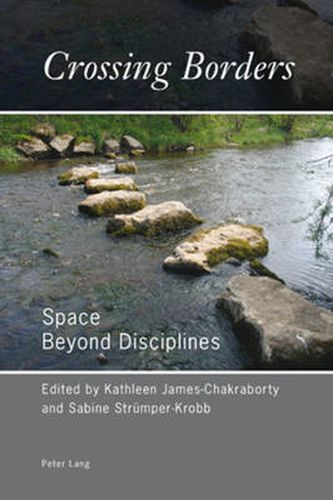Readings Newsletter
Become a Readings Member to make your shopping experience even easier.
Sign in or sign up for free!
You’re not far away from qualifying for FREE standard shipping within Australia
You’ve qualified for FREE standard shipping within Australia
The cart is loading…






The early twenty-first century is witnessing a paradigm shift across the humanities away from an obsession with language and towards an engagement with the way in which physical space is imagined. This book showcases the impact of that shift upon the work of diverse disciplines. Applying insights from architecture and geography, which have long addressed space, to disciplines that have traditionally focused upon images and language, the contributors demonstrate how integral space is to literary as well as artistic imagining and identity at the same time that they propose novel ways of capturing and documenting spatial experience. The thirteen contributors to the book, most of whom live and work in Ireland and are associated with a range of different disciplines in Irish universities, show how the construction and representation of space, both real and imagined, contributes to the exploration of contemporary concerns such as identity, belonging and memory. The result is a snapshot of the ways in which contemporary Irish academia is addressing one of the most important new directions in interdisciplinary research.
$9.00 standard shipping within Australia
FREE standard shipping within Australia for orders over $100.00
Express & International shipping calculated at checkout
The early twenty-first century is witnessing a paradigm shift across the humanities away from an obsession with language and towards an engagement with the way in which physical space is imagined. This book showcases the impact of that shift upon the work of diverse disciplines. Applying insights from architecture and geography, which have long addressed space, to disciplines that have traditionally focused upon images and language, the contributors demonstrate how integral space is to literary as well as artistic imagining and identity at the same time that they propose novel ways of capturing and documenting spatial experience. The thirteen contributors to the book, most of whom live and work in Ireland and are associated with a range of different disciplines in Irish universities, show how the construction and representation of space, both real and imagined, contributes to the exploration of contemporary concerns such as identity, belonging and memory. The result is a snapshot of the ways in which contemporary Irish academia is addressing one of the most important new directions in interdisciplinary research.